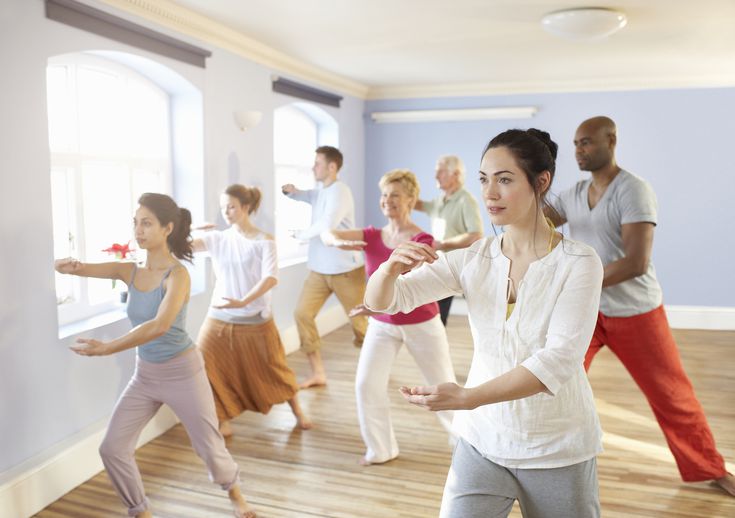
The ancient practices of yoga and tai chi have become increasingly popular in the Western world, where you’ve probably heard them referred to as “mind-body” practices—a term loosely applied to activities or therapies that combine physical movement with a heightened awareness of the body in the present moment.
In fact, yoga, a Sanskrit word, translates literally as “yoke” or “union,” a nod to its integration of mind and body.
Tai chi
Tai chi (full name tai chi chuan) originated in China centuries ago as a martial art; it was an outgrowth of the ancient Taoist philosophy, which values tranquility and reflection. As it’s practiced today, tai chi combines elements of a workout, meditation, and dance. You may have seen groups practicing it outdoors under the guidance of a teacher.
Tai chi consists of slow, balanced, low-impact movements performed in sequences known as “sets” or “forms. ” The postures and gestures are derived from animal movements. To do the sets correctly, you must learn controlled breathing, concentration, how to shift your body weight, and how to relax your muscles.
Boosted brain power. In a study in the Journal of Alzheimer’s Disease, which included 120 healthy older people in China, those who practiced tai chi three times a week for 40 weeks showed increases in brain volume and improvements on several tests of memory and learning, compared to those not doing the exercise.
Less depression and anxiety. Tai chi showed positive effects on various measures of psychological well-being, including reduced depression, anxiety, and stress management,
Better balance, fewer falls. Much research has shown that tai chi can improve balance and coordination, as well as reduce fall risk. In older people from the American Geriatrics Society and its British counterpart recommend tai chi because it targets strength, gait, and balance.
How to get started
• Begin with a small, basic-level class or private/semi-private lessons where you can get more individualized attention.
• Check the instructor’s qualifications. There’s no licensing for yoga instructors, but you can ask about the type of yoga they teach, their experience, and where they got their training. Schools registered with the Yoga Alliance must meet at least minimal educational standards for certifying teachers. One or more 500-hour certifications are considered preferable.
• If you aren’t fit or have been sedentary, avoid strenuous forms such as Ashtanga, “power yoga,” and hot yoga. And if you have a musculoskeletal problem or previous injury, talk to your doctor or a physical therapist first, since even gentler types of yoga can strain joints and other body parts.

Post Your Comments